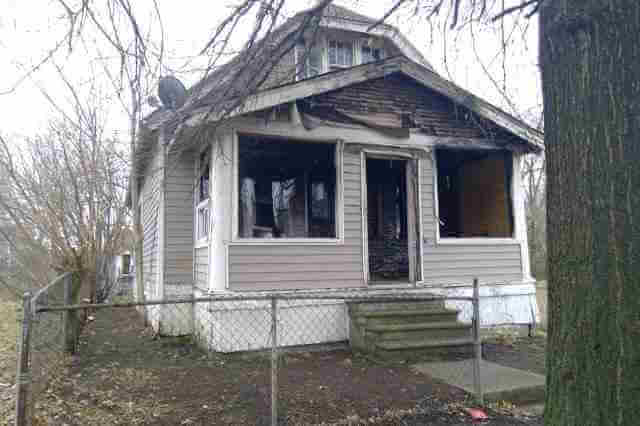A traditional method to find distressed properties is hopping in the car and driving around. Ben Reynolds, CEO and Founder of Sure Dividend, says, “driving around neighborhoods can be a fun adventure to do when trying to find distressed homes.” Assuming you already have a target neighborhood in mind, drive around and look for properties that stand out from others.
Look for signs such as an overgrown yard, broken windows and shutters, exterior paint that is faded or peeling, notices that are posted on any doors, and junk mail and newspapers left uncollected. If you find a property that meets any or all of these descriptions, be sure to write down the address to start investigating.
According to Reynolds, “There might be something about seeing the property in person that could be missing from professional images of the property, such as the neighborhood’s atmosphere and sounds and smells that could deter homebuyers or renters from the property.” These factors can help you determine whether you have a sound lead.
7. Talk To Out-Of-State Owners
Various circumstances can cause homeowners or investors to move out of state, resulting in a potentially challenging dynamic. These property owners may struggle to manage and maintain homes in areas they cannot visit often. As you might imagine, this can lead to distressed properties and highly motivated sellers. The best way to identify out-of-state owners is typically through direct mail or networking. Look for mailing lists that may have address information and strategize an effective direct mail campaign. Simultaneously, ask around your network for anyone with extra information. You never know; you may find other investors who are more than willing to let you take an out-of-state property off their hands.
8. Check The MLS
Although the functionality of the Multiple Listing Service (MLS) differs from state to state, investors should never forget this important resource. Those who learn how to find distressed properties on the MLS can often find unique investing opportunities. Access to the MLS will require a real estate license. However, investors still have the opportunity to work with others who have one. A property’s listing status can signal a distressed property. This includes short sale or real-estate owned property listing codes. Look for properties listed for longer than 90 days. The 90-day mark is a key indicator that will signal the seller’s motivation level. The longer a property stays on the market, the more motivated or desperate the seller will become. This can often lead to great deals and savings for investors if they can obtain MLS access.
9. Search Online
There are ways to utilize the above methods online for those still wondering how to find distressed properties. Many forms of distressed properties are not labeled as “distressed” outright. Look for ‘properties for sale by owner’ that are delinquent in taxes and mortgage payments, properties that must be sold legally due to bankruptcy or divorce, probate deals, and properties that are owned by the banks or the government.
Starting with the first example, finding properties with tax delinquencies online is luckily a straightforward process. The hardest part will be finding your local tax assessor’s web page that lists these properties. After finding the site, search the listings until you have found a property you’re interested in. Another type of property that might be in distress is one in which the owners have fallen behind on their mortgage payments, also known as “underwater.” These properties are usually in pre-foreclosure and can be found in a few different places such as your local county website or paid sites such as Foreclosure.com.
Look online for properties that must be sold legally, such as through bankruptcy or divorce. When looking through your county foreclosure listings, you may have already noticed distressed properties being auctioned due to bankruptcy or divorce. Although not every county is required to list such properties, some listings can be easily found online.
Finally, investors should search through REO (real estate-owned) and government-owned properties online that have already been foreclosed upon. When a property owner fails to make mortgage payments, the mortgage loan provider (in this case, the bank or the government) retains the right to reclaim the property. Many local and national banks have their own property listing sites, as do government entities such as Freddie Mac and Fannie Mae.

